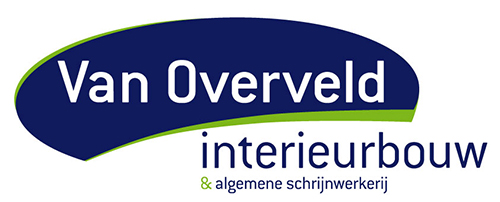You can incubate these kinds of items by either putting them on a Someday/Maybe list, on a future date in your calendar, or in the Tickler File. Incubating’s purpose is to eliminate distractions and reduce stress. In GTD, your inbox is a concept that describes all the stuff you have taken out of your brain and put down on paper or in a digital recording format. It includes your to-dos, goals, projects, the information you want to retain, ideas you don’t want to forget, and more. The GTD System is the task management system David Allen developed after observing how productive people operate worldwide.
A key tenet of the GTD method is capturing information as soon as it enters your brain. That immediately lightens the load—and helps ensure nothing falls through the cracks. Where applicable, make sure to add additional context like documents, collaborators, due dates, or key details.
Clarify
The smart Quick Add will automatically recognize and highlight the due date and add it when you save the task. You can even type in recurring due dates, like every other Wednesday, for tasks that repeat on a regular basis. Identify the next action for each project by tagging it with the label “@next.” To add a label, simply type “@” into the task field and start typing the task name. This guide will introduce you to GTD principles and workflows and what we think is the most intuitive way to implement them. We’ll be focusing on how to GTD with Todoist, but the same principles apply no matter what app you use.
In short, it’s for anyone who feels their life is out of control and their to-do list is no help. In 1970 VW set up the “Centre for Future Research” to design a “powertrain for the gtd methodology future”. The unit was lead by Adolf Kalberlah, an electro-chemist who specialised in battery research. Kalberlah was ideally suited to develop a system to power a VW T2 Camper.
Who is David Allen?
They’re just shapeless blobs of mismatched tasks and calendar reminders that lack priority and detail to be actionable. We recommend setting aside time at either the beginning of each week, or on a https://deveducation.com/ Friday afternoon where your productivity naturally tends to take a hit, to pause and reflect. Critics of the methodology point to one key downside of GTD, namely the lack of daily/weekly structure.
- Allen observed that our brains are much better at processing information than storing it (“your head’s a crappy office”).
- These help in capturing, clarifying, and organizing parts of GTD.
- Once you start the first step of capturing thoughts with GTD, your mind starts opening up and runs on a path created by a visual mind map.
- Hitask is another free task management and productivity tool for those wanting the GTD method.
As well as tracking the progress of the tasks on your GTD list, you can bring other stakeholders into the equation with comments, mentions and more. When you implement Getting Things Done, the key is to put your ideas in a single in-tray. No matter how trivial or unformed they seem, every idea should be sent to a unified inbox (for me it’s in MeisterTask) to be later processed, delayed or discarded. Unlike a to-do list, you have to be definite and clear about the item or task on the list.
You don‘t need a to-do list app. But the right one helps.
Weekdone has features that include; weekly planning, conversations, comments, and feedback that keeps you on the right track. It displays your progress report and task priority to see what needs to be done on an urgent basis. Evernote is a great to-do list app featuring GTD steps that lets you store and access information whenever you need it. There are input type-notes and handwritten notes where you can create customizable; notes, reminders, to-dos, task creation, and more. If you’re thinking that applying this to everything you do must be a massive undertaking… you’re right. In fact, it’s the core argument as to why Getting Things Done is necessary – because if your mind is busy processing your tasks… it’s too full to have any good ideas of how to complete them.
It’ll also give you clearly defined starting points for all the tasks you’re working on. Plus, bite-sized tasks are less intimidating which means you’re less likely to procrastinate on them. Chances are your current workflow involves both analog and digital tools that may include a calendar, notebook, to-do apps, note-taking apps, cloud storage, and even your bottomless inbox. Using several tools to manage your workflow creates a severely fragmented workflow. As we’ve already explained, to-dos and next actions are two different animals.
